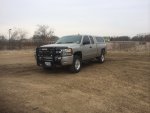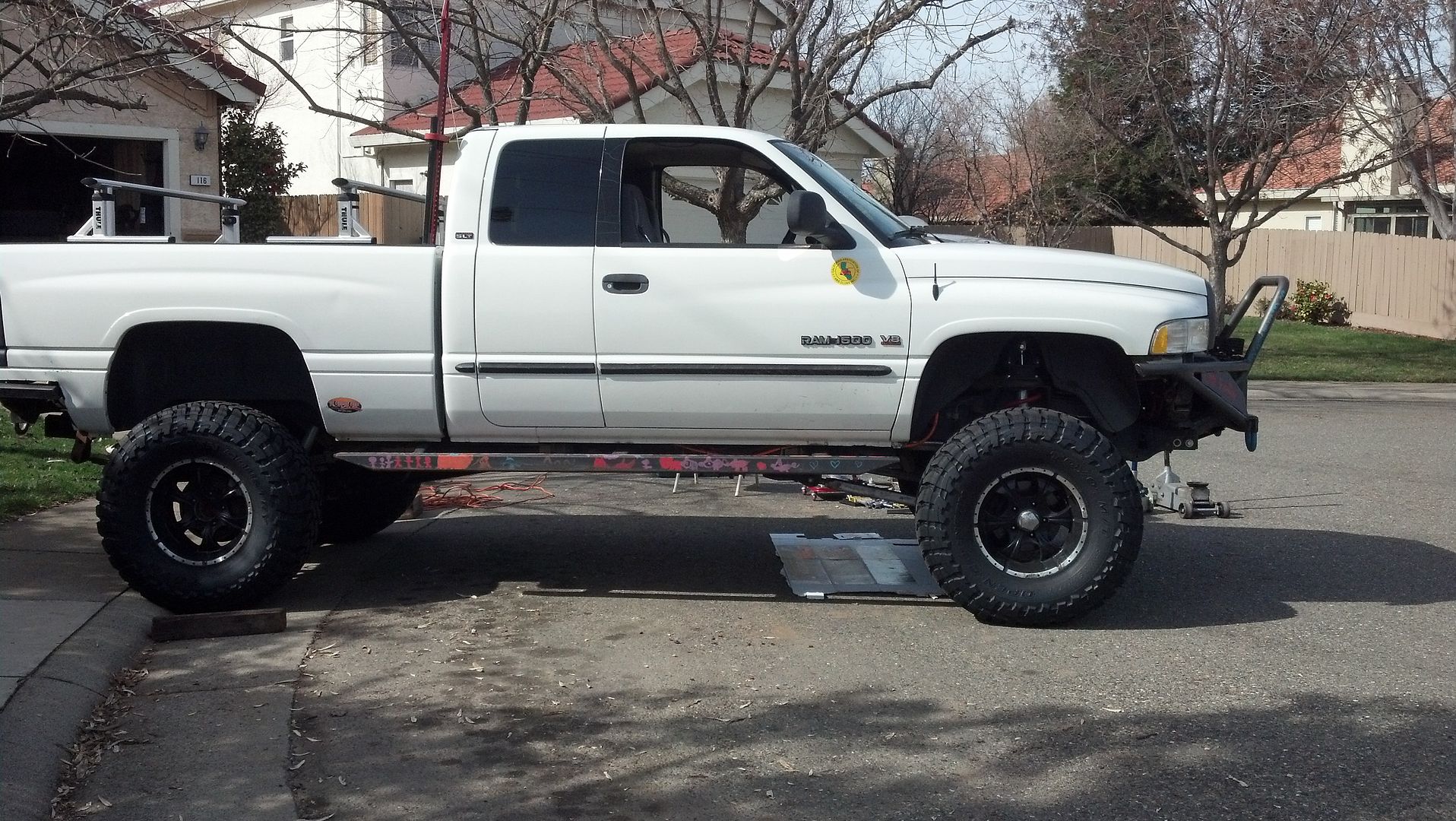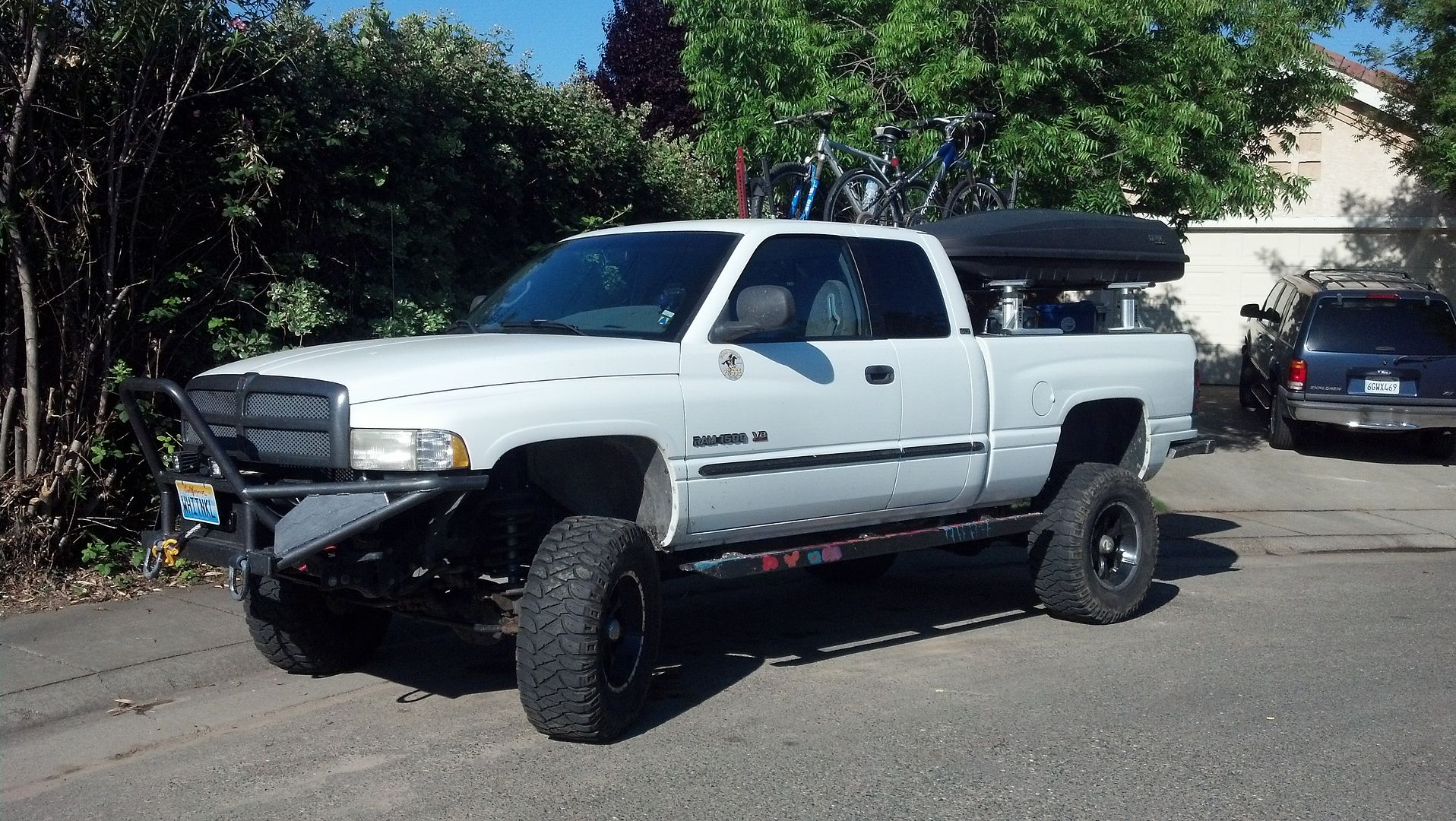clandr1
Adventurer
I haven't read all 14 pages, but a "must have" in my opinion is an isolated battery setup. Eventually you will want to run additional electronics (CB, HAM, fridge, camp shower, camp lighting) and having an auxiliary battery is nice so you can keep your primary/starting battery safe and used only for starting the truck. Even if you don't have any accessories/devices right now, having an additional battery to jump yourself in case your primary dies is a blessing. It's one of the first things I did on my adventure rig and it's come in handy a few times.
Other than that, some good recovery gear (strap, D-rings, tow rope, etc) are good insurance in case your truck breaks down or gets stuck. You don't need to spend big money on a winch and bumper.
Communication is key - I got my HAM tech license a few years ago and love having a mobile rig in my truck. Makes me feel better about having a good means of communication in case an emergency occurs and I'm outside of cell coverage. To give you an idea, your basic GMRS/FRS radio you can buy at Walmart transmits at around 1W (3W max). HAM radios commonly transmit in the 50W-75W range. With a good vehicle mounted antenna, and the right elevation/terrain, you can easily communicate for 30 miles.
Other than that, some good recovery gear (strap, D-rings, tow rope, etc) are good insurance in case your truck breaks down or gets stuck. You don't need to spend big money on a winch and bumper.
Communication is key - I got my HAM tech license a few years ago and love having a mobile rig in my truck. Makes me feel better about having a good means of communication in case an emergency occurs and I'm outside of cell coverage. To give you an idea, your basic GMRS/FRS radio you can buy at Walmart transmits at around 1W (3W max). HAM radios commonly transmit in the 50W-75W range. With a good vehicle mounted antenna, and the right elevation/terrain, you can easily communicate for 30 miles.
Last edited:













